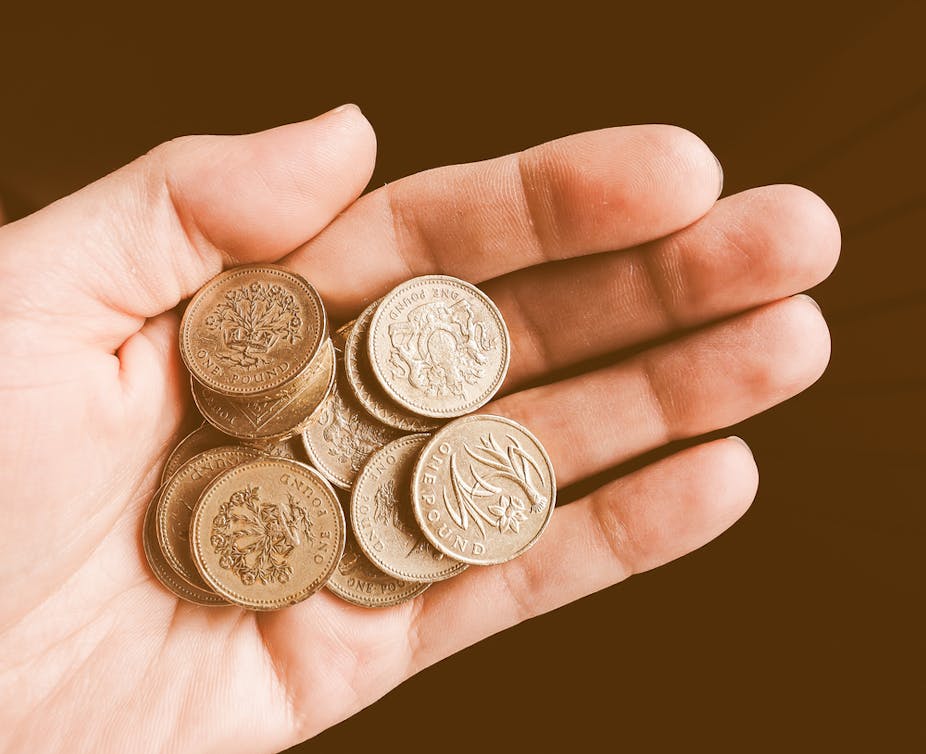Since it was introduced in 1984, the UK rebate on the European Union budget has been one of the most controversial issues in UK-EU negotiations.
While other member states, such as Austria, Denmark, Germany, the Netherlands and Sweden have been granted temporary reductions in their contributions to the EU budget, the UK is the only country to have a permanent rebate.
How the rebate came about
Before 1980, the main source of budget revenues was the so-called Traditional Own Resources, consisting of common custom duties and agricultural and sugar levies.
In 1980, to cover the increasing costs faced by the EU (then called the European Community), member states were asked to provide a fraction of their annual Value Added Tax (VAT) receipts to finance the budget. Because of this, the UK soon became a large contributor to the EU budget.
At that time, almost 70% of the EU budget was spent on the Common Agricultural Policy (CAP). The UK, whose agricultural sector had a different structure (and still has) than other member states, benefited little from the money distributed from the CAP. As a result, the UK soon became a large net contributor to the EU budget despite being the third poorest member at the time.
In June 1984, at Fontainebleau outside Paris, Margaret Thatcher negotiated what is now known as the UK rebate with other EU members. The aim was to correct for the apparent imbalance in the UK contribution at the time. The UK rebate was ratified and then implemented in May 1985.
From 1988, a third source of revenues for the EU budget was introduced, based on the size of the economies of the member states. The size of an economy is measured by the Gross National Income (GNI). Nowadays, the GNI-based contribution is by far the largest source of budget revenues – around 70%.
How is the rebate calculated?
The exact formula to calculate the UK rebate is formally defined in the Own Resources Decision document of the EU. Roughly speaking, the reduction in the UK contribution to the EU budget is approximately equal to 66% of the difference between what the UK contributes to the EU budget and its receipts from the EU.
The amount of the rebate changes every year depending on the values of the UK’s GNI, its VAT receipts and the euro/pound exchange rate. Once the rebate is calculated from the payments and receipts in a given year, the UK’s GNI-based contribution in the following year is reduced by that amount.
So according to the Office of Budget Responsibility, the UK should have made a net contribution (before any rebate) of around £13.3 billion in 2015. The 66% of that amount is £8.8bn. The UK rebate in 2016 – the following year – is going to be approximately equal to the difference between £13.3 billion and £8.8 billion: £4.5 billion.
The method of calculating the rebate has changed slightly over time to take into account developments in the way the EU budget is financed and because of the EU enlargement in 2004. For example, since 2011, the UK contributions to the EU’s non-agricultural expenditures in member states that joined the EU in 2004 are not included in the rebate calculation. Nevertheless, the basic concept of the rebate has remained the same since its creation.
In perspective
Other member states must pay more to the budget to make up for the UK’s rebate, with France and Italy facing the highest burden. According to the OBR, between 2009 and 2015 the UK’s average saving due to the rebate was £3.9 billion each year resulting in an average net annual contribution of £8.5 billion.
At the moment, the UK is the third largest net contributor, after Germany and France, to the EU budget. But in per-capita terms the UK is only the eighth biggest contributor.
According to OBR forecasts, in the next five years the UK’s average net contribution will be around £9.6 billion per year while the average annual rebate should be around £5 billion.
To get a sense of the magnitude of those numbers we can say that in 2014-15 UK public spending was £735 billion. The total EU public expenditure in the same year was around £118 billion meaning that the 2015 UK public expenditure was over six times more than the whole of the EU’s expenditure.
All this implies that compared to the overall value of the UK-EU economic relationship, the UK contribution to the EU budget is quite a small number.

